Blair D. Sullivan
Edge-Colored Clustering in Hypergraphs: Beyond Minimizing Unsatisfied Edges
Feb 18, 2025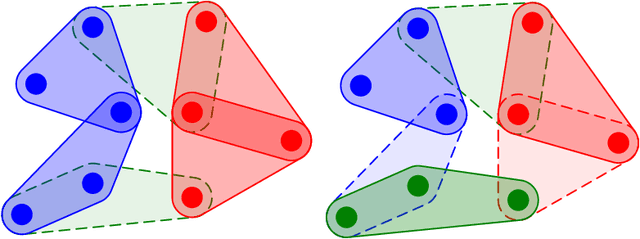


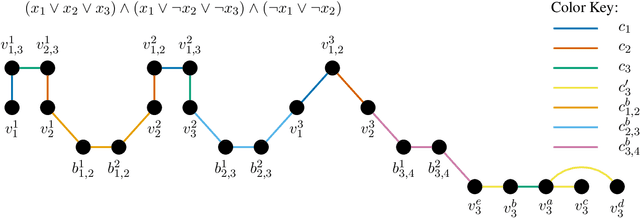
Abstract:We consider a framework for clustering edge-colored hypergraphs, where the goal is to cluster (equivalently, to color) objects based on the primary type of multiway interactions they participate in. One well-studied objective is to color nodes to minimize the number of unsatisfied hyperedges -- those containing one or more nodes whose color does not match the hyperedge color. We motivate and present advances for several directions that extend beyond this minimization problem. We first provide new algorithms for maximizing satisfied edges, which is the same at optimality but is much more challenging to approximate, with all prior work restricted to graphs. We develop the first approximation algorithm for hypergraphs, and then refine it to improve the best-known approximation factor for graphs. We then introduce new objective functions that incorporate notions of balance and fairness, and provide new hardness results, approximations, and fixed-parameter tractability results.
Graph Inspection for Robotic Motion Planning: Do Arithmetic Circuits Help?
Sep 12, 2024Abstract:We investigate whether algorithms based on arithmetic circuits are a viable alternative to existing solvers for Graph Inspection, a problem with direct application in robotic motion planning. Specifically, we seek to address the high memory usage of existing solvers. Aided by novel theoretical results enabling fast solution recovery, we implement a circuit-based solver for Graph Inspection which uses only polynomial space and test it on several realistic robotic motion planning datasets. In particular, we provide a comprehensive experimental evaluation of a suite of engineered algorithms for three key subroutines. While this evaluation demonstrates that circuit-based methods are not yet practically competitive for our robotics application, it also provides insights which may guide future efforts to bring circuit-based algorithms from theory to practice.
Leveraging Fixed-Parameter Tractability for Robot Inspection Planning
Jun 28, 2024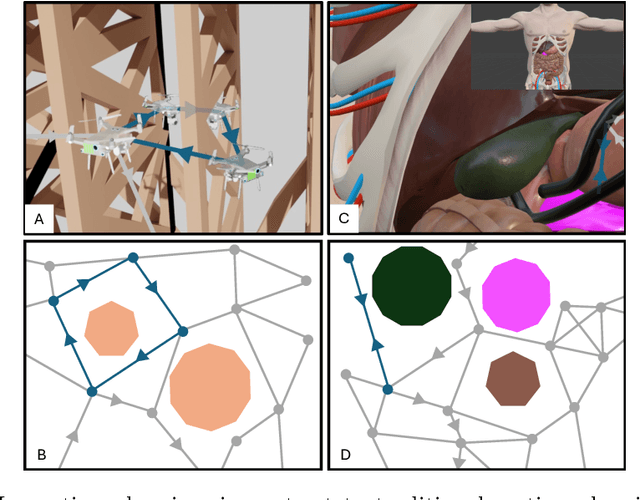

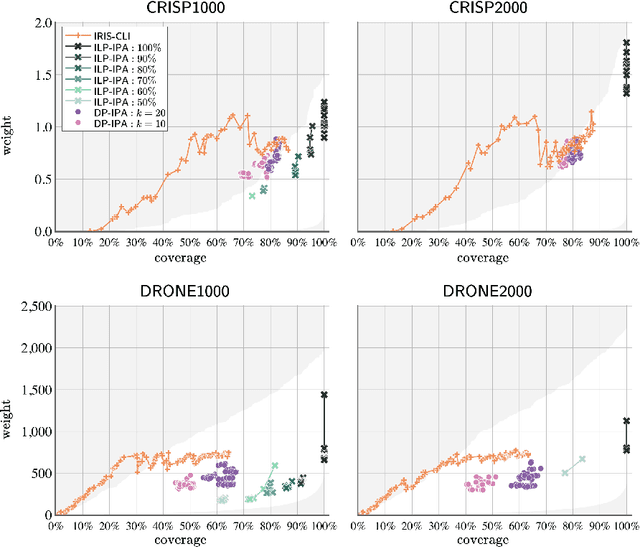
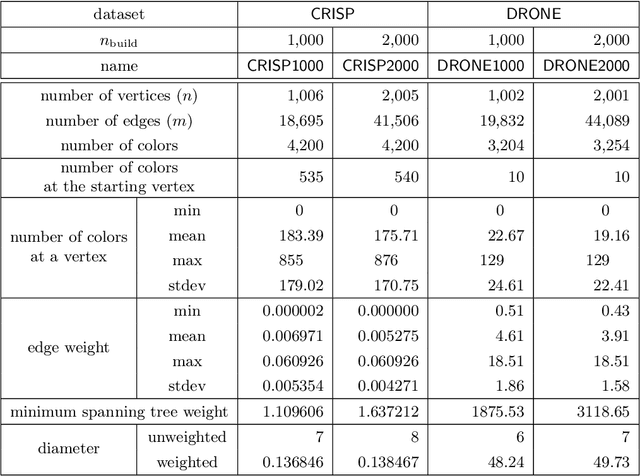
Abstract:Autonomous robotic inspection, where a robot moves through its environment and inspects points of interest, has applications in industrial settings, structural health monitoring, and medicine. Planning the paths for a robot to safely and efficiently perform such an inspection is an extremely difficult algorithmic challenge. In this work we consider an abstraction of the inspection planning problem which we term Graph Inspection. We give two exact algorithms for this problem, using dynamic programming and integer linear programming. We analyze the performance of these methods, and present multiple approaches to achieve scalability. We demonstrate significant improvement both in path weight and inspection coverage over a state-of-the-art approach on two robotics tasks in simulation, a bridge inspection task by a UAV and a surgical inspection task using a medical robot.
Multi-Level Anomaly Detection on Time-Varying Graph Data
Apr 20, 2015



Abstract:This work presents a novel modeling and analysis framework for graph sequences which addresses the challenge of detecting and contextualizing anomalies in labelled, streaming graph data. We introduce a generalization of the BTER model of Seshadhri et al. by adding flexibility to community structure, and use this model to perform multi-scale graph anomaly detection. Specifically, probability models describing coarse subgraphs are built by aggregating probabilities at finer levels, and these closely related hierarchical models simultaneously detect deviations from expectation. This technique provides insight into a graph's structure and internal context that may shed light on a detected event. Additionally, this multi-scale analysis facilitates intuitive visualizations by allowing users to narrow focus from an anomalous graph to particular subgraphs or nodes causing the anomaly. For evaluation, two hierarchical anomaly detectors are tested against a baseline Gaussian method on a series of sampled graphs. We demonstrate that our graph statistics-based approach outperforms both a distribution-based detector and the baseline in a labeled setting with community structure, and it accurately detects anomalies in synthetic and real-world datasets at the node, subgraph, and graph levels. To illustrate the accessibility of information made possible via this technique, the anomaly detector and an associated interactive visualization tool are tested on NCAA football data, where teams and conferences that moved within the league are identified with perfect recall, and precision greater than 0.786.
 Add to Chrome
Add to Chrome Add to Firefox
Add to Firefox Add to Edge
Add to Edge